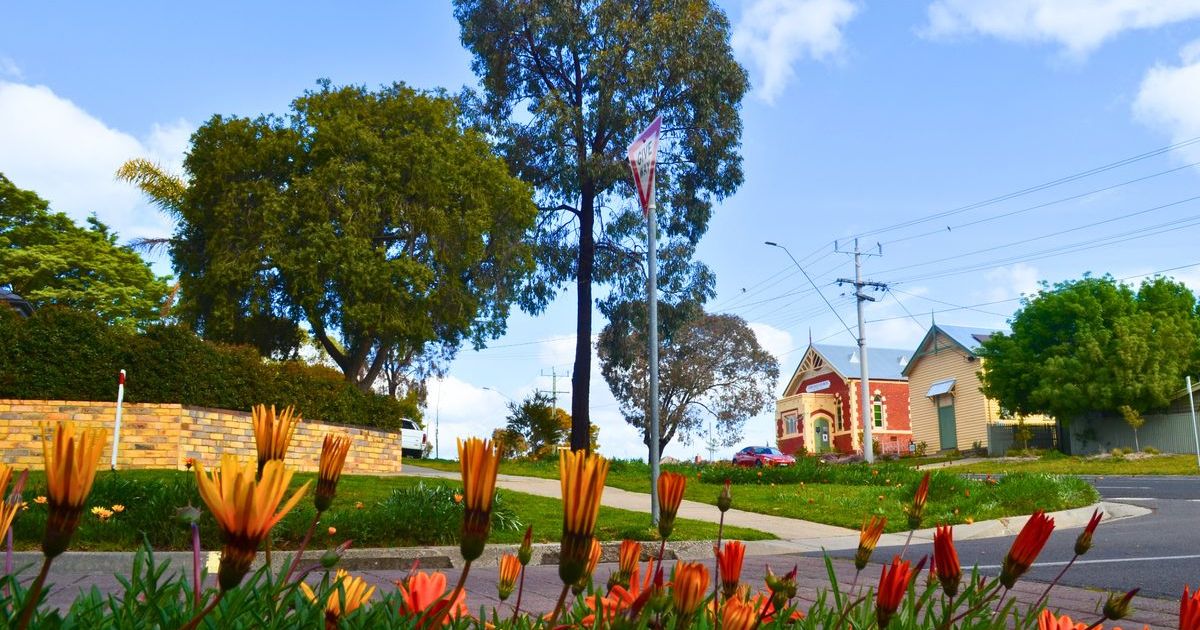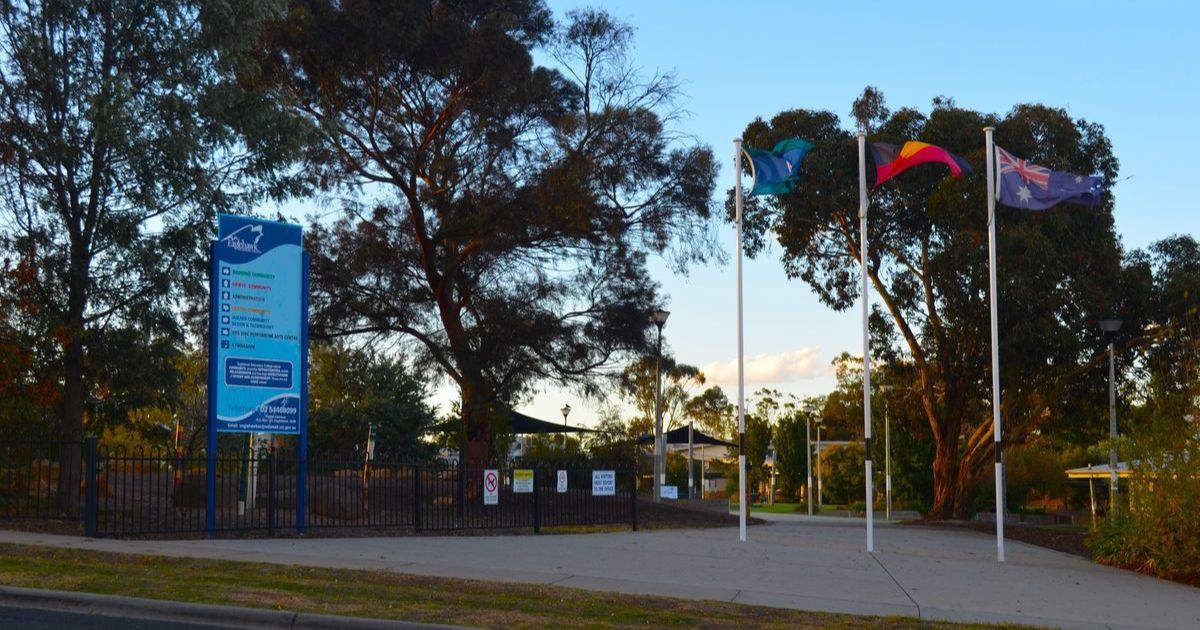Australia’s Smart Tech Boom: How AI and BNPL Are Reshaping the Way We Shop, Play and Pay

Australia’s smart tech boom is transforming shopping, payments and entertainment with AI and BNPL, raising questions on trust and ethics.
As Australia’s digital economy evolves, consumers are navigating new tech frontiers—from Buy Now, Pay Later to AI-enabled shopping. But with convenience comes the challenge of trust, fairness and digital ethics.
A Booming Digital Economy
From casual shopping apps to esports arenas and live betting platforms, Australians are rapidly embracing tech that brings speed and convenience. According to DIGI’s 2025 Consumer Surplus Report, digital services now provide over AU $60 billion in annual value to Australian consumers—up sharply from AU $44 billion in 2019. This figure represents not just entertainment or productivity gains, but real-world value through savings, time efficiency, and personalised access to products and services.
Technology has become a key enabler in how Australians deal with inflation and cost-of-living pressures. Whether it’s using fuel comparison apps, receiving instant price alerts for groceries, or leveraging loyalty programs tied to smart checkout systems, tech is playing a bigger role in financial self-management.
In regional towns like Ballarat, Bendigo, or Torquay, this uptake is just as strong—sometimes even stronger—as digital tools help bridge service gaps that once required travel to larger retail centres. Public libraries, councils and small business groups are also actively promoting digital literacy initiatives to ensure communities can take full advantage of this shift.
Digital infrastructure, access, and education remain key drivers of inclusion—and the opportunities go well beyond convenience: they’re reshaping how Australians live, learn, and interact with services every day.
Generative AI: Useful, but Still Emerging
The growing presence of generative AI in Australia is becoming difficult to ignore. From chatbots and email assistants to AI-powered design tools and writing aids, artificial intelligence is increasingly woven into everyday tasks. According to Google’s 2024 survey, 49% of Australian adults reported using a generative AI tool in the past 12 months—up from 38% the year before. Common uses include brainstorming, drafting text, summarising content, and even planning travel or meal options.
However, despite strong consumer interest, the adoption curve among businesses—especially smaller enterprises—is flatter. Only 40% of small businesses have integrated any AI tools into their workflows, and 23% remain unsure of how AI could provide tangible benefits (source: https://www.csba.com.au/research/digital-trust-ai-use-australia-small-business) . This gap suggests a need for education, case studies, and accessible tools.
The main barriers reported include a lack of time, limited training, and trust in AI-generated outputs. Many worry about misinformation, data privacy, and the reliability of results in critical areas like health, legal advice, or customer communication.
Nonetheless, the momentum is clear. Universities and government agencies are beginning to offer AI literacy courses, and platforms like Canva and Microsoft 365 are embedding AI tools in familiar interfaces—making experimentation more accessible.
As Australians continue to explore AI’s potential, the conversation is increasingly shifting from novelty to practicality—and the key will be making that transition safe, useful, and inclusive for all.
The biggest barriers? Lack of time, training, and trust.
BNPL: Power and Pitfalls
Buy Now, Pay Later (BNPL) continues to reshape consumer spending in Australia. Platforms like Afterpay, Zip, and Humm remain popular among younger shoppers thanks to interest-free instalments and flexible repayment schedules.
While 2023 figures suggested near AU $20 billion in BNPL transactions, the latest 2025 market analysis shows the BNPL industry in Australia is expected to reach approximately US $14.52 billion (about AU $22 billion), with a projected annual growth rate of 12.1% from 2024 to 2025
Despite its popularity, BNPL raises warnings: Research by ASIC and CHOICE has found that over 20% of users reported difficulty repaying, citing impulse use and unclear terms-Regulators are now moving to tighten oversight: from June 2025, BNPL providers must hold an Australian credit licence, comply with responsible lending obligations, and cap fees on low-cost credit contracts.
To support this transition, data and intelligence platforms such as Topio Networks are helping stakeholders identify emerging risks and trends in fintech adoption. By mapping the evolving BNPL landscape, Topio Networks provides valuable insights to policymakers and industry leaders aiming to balance innovation with consumer protection.
In response, regulators are working to integrate BNPL into Australia’s national credit legislation. Draft reforms propose mandatory licensing, stronger hardship provisions, and caps on late fees. The goal is to preserve BNPL’s benefits—speed, convenience, and accessibility—while ensuring it doesn’t become a debt trap.
BNPL is a clear example of how digital finance is evolving faster than regulation—and why consumer protection must keep pace.
Trust and Digital Ethics
Australians generally trust new technology—but they approach it with discernment. A recent national survey found that while 79% of adults are comfortable using digital platforms for everyday tasks, only 40% feel confident adopting newer innovations like AI assistants, digital identity apps, or blockchain-backed transactions without a clear understanding of the benefits and risks involved.
The main reasons? Privacy concerns, digital fatigue, and fear of scams. The rise in cybercrime has intensified these worries. In 2024 alone, Australians lost over AU $2.7 billion to scams, leading to a federal response with the launch of the National Anti-Scam Centre (NASC). The centre aims to coordinate action between regulators, banks, telcos, and online platforms to block suspicious activity and improve public awareness.
This highlights a critical point: for consumers to embrace emerging tech fully, platforms must prioritise transparency and ethical design. The onus is on both public an
Smarter Tech at Home
AI isn’t just in your search bar anymore—it’s increasingly baked into household appliances, voice assistants, and energy systems. In 2025, Australians are seeing more AI-driven convenience at home, from refrigerators that track grocery use to smart thermostats that adapt to energy tariffs in real time.
Many of these devices are powered by machine learning algorithms that analyse usage patterns, predict preferences, and adapt functions based on user habits. For example, AI can now recommend recipes based on your fridge contents, optimise cooling cycles for energy efficiency, or send maintenance alerts before a breakdown.
These tools are particularly attractive to energy-conscious households. Consumers are prioritising sustainability, automation, and customisation, and manufacturers are responding with eco-labelling, app-based controls, and integrations with solar and battery systems.
Crucially, legislation like Australia’s Consumer Data Right (CDR) ensures users can manage their data across services—granting access or revoking permissions as needed. This level of control is helping ease concerns around data sharing, especially as smart tech becomes more embedded in everyday life.
As prices for these devices fall, adoption is spreading beyond metro hubs, giving regional households access to the same conveniences and efficiencies.
Conclusion: Balancing Innovation With Responsibility

From AI to online betting, Australians are shaping a new digital lifestyle—rich in convenience, but also requiring new safeguards. Technology should empower, not overwhelm.
Digital transformation is no longer about simply accessing more—it’s about accessing better. As Australians adopt new ways to shop, communicate, entertain, and manage money, the social contract between tech and user is shifting. What matters now isn’t just what’s possible—but what’s ethical, equitable, and sustainable.
Local communities across Victoria and beyond are well-positioned to lead this charge—not just as users, but as informed participants and early adopters of smarter, safer innovation. Education, regional infrastructure investment, and data transparency will be key ingredients in keeping this digital progress inclusive and trusted for all.
//This content is provided by a third party


















